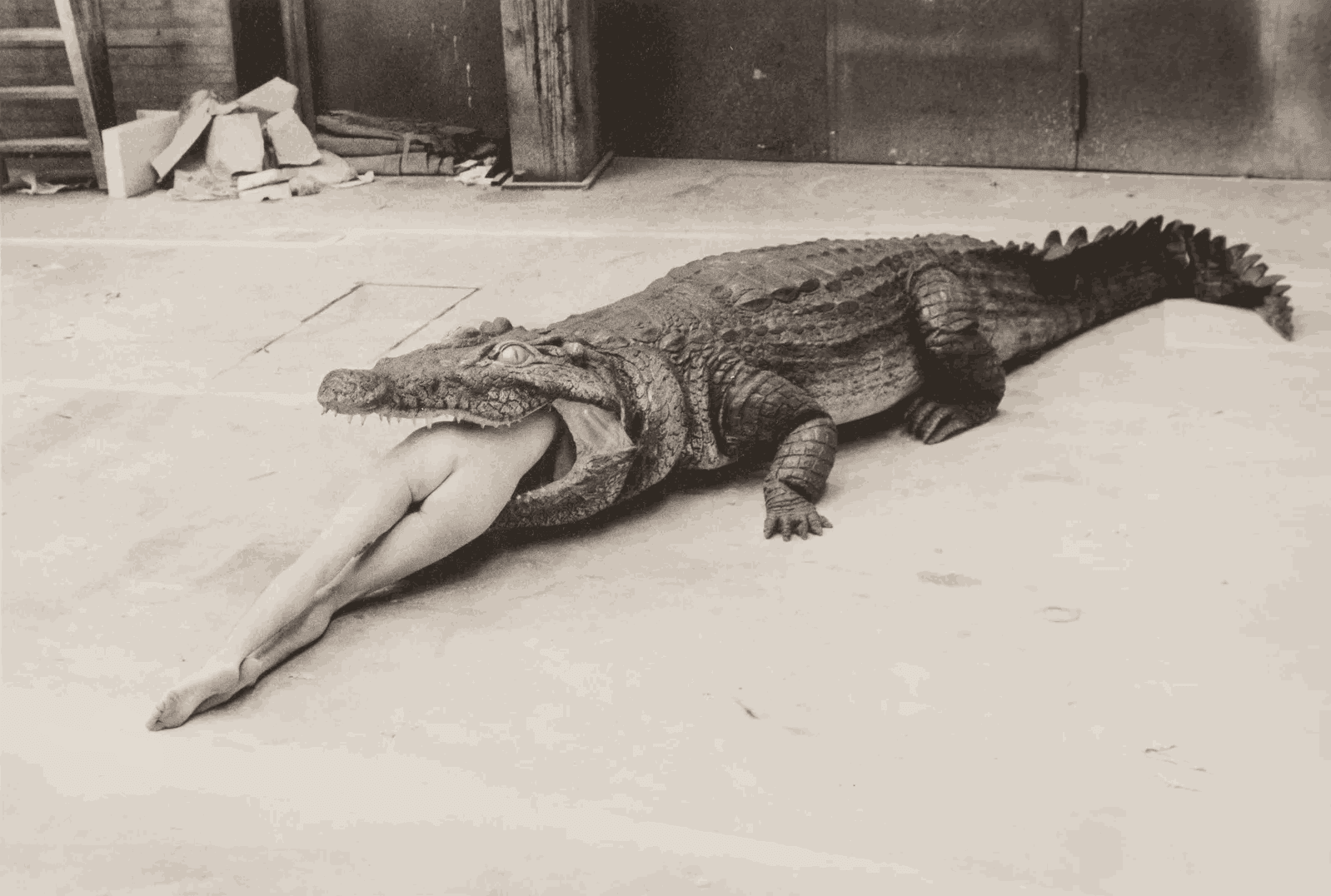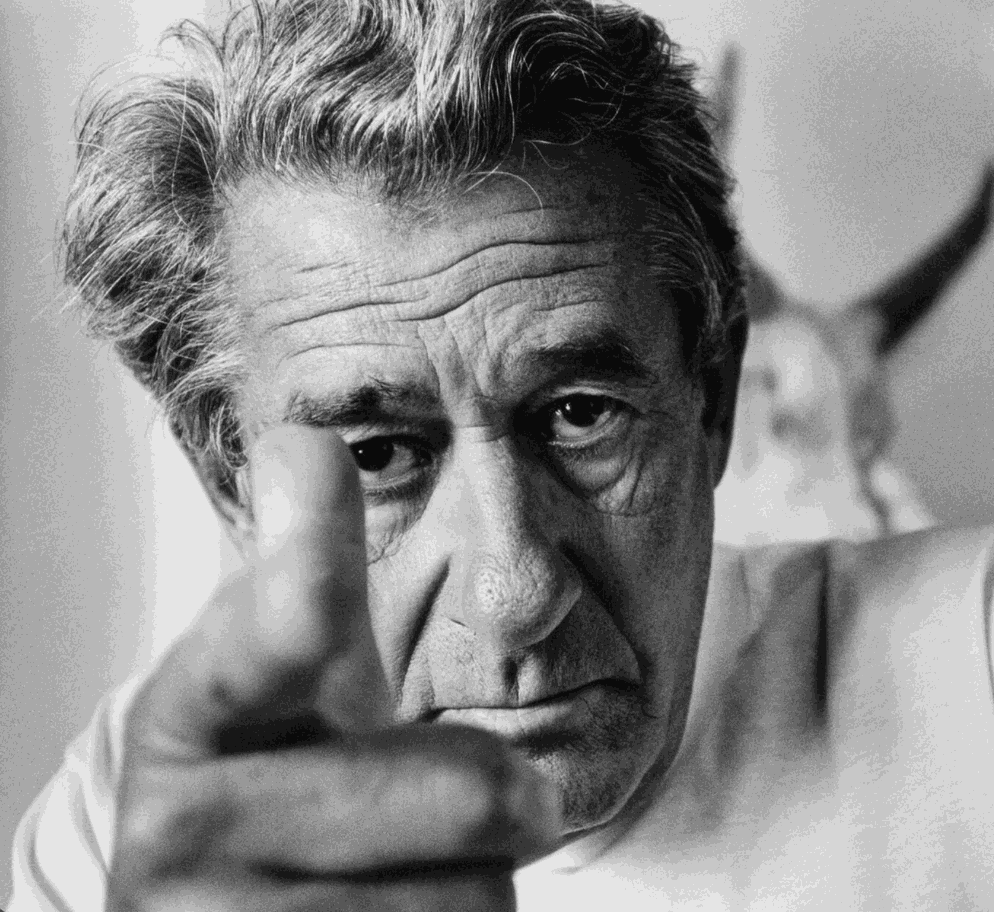In the world of photography, few artists have stirred the waters of convention quite like Helmut Newton and Tyler Shields. Though from different eras and backgrounds, both are united by a flair for the dramatic, a fascination with power dynamics, and an unwavering commitment to creating images that provoke thought and stir emotion. Newton, a German-Australian photographer, came to prominence in the late 20th century with his radical and seductive fashion photography. Shields, a contemporary American artist, has made his name through controversial and visually arresting imagery that blends glamour with violence, satire, and surrealism. Together, they form a lineage of image-makers who challenge the viewer to rethink beauty, power, and identity.
Helmut Newton (1920–2004) was born in Berlin to a wealthy Jewish family. After fleeing Nazi Germany, he eventually settled in Australia and later rose to international acclaim as one of the most influential fashion photographers of the 20th century. His work appeared in major fashion magazines, most notably Vogue, where he developed a distinct and often controversial visual language.
Style and Themes
Newton’s photographs are immediately recognizable for their mix of glamour, eroticism, and noir aesthetics. He often depicted women in positions of power, autonomy, or defiance, dressed in haute couture and placed in surreal or dramatic settings. His lighting was meticulous, often borrowing from cinematic techniques, and his compositions were charged with tension and narrative intrigue.

Recurring themes in Newton’s work include:
-
Female empowerment and voyeurism
-
The fetishization of luxury and fashion
-
Sexual ambiguity and dominance
-
Subtle satire of bourgeois morality
While some critics accused Newton of objectifying women, others saw his work as a celebration of female strength and agency. His images, whether shot in black and white or color, carried a distinct signature: glossy yet raw, poised yet provocative.
Newton’s influence is omnipresent in both fashion photography and contemporary art. He challenged taboos and redefined what was acceptable in mainstream magazines. The term “Helmutian” has come to describe a style that is both hyper-stylized and subversive. His legacy continues through the Helmut Newton Foundation in Berlin, where his work is preserved and studied.

Tyler Shields was born in 1982 in Florida and began his career as a professional inline skater before transitioning into photography and film. His rise to fame came through the internet and social media, a platform he utilized to build a cult following with his daring, stylized, and frequently controversial images.
Shields is best known for pushing boundaries with images that blend Hollywood glamour with dark or violent undertones. Working mostly in color, Shields often creates high-concept visual narratives that draw from themes of celebrity, excess, destruction, and rebellion. He frequently collaborates with actors and models, crafting scenes that are more akin to cinematic stills than traditional portraits.

Recurring themes in Shields’s work include:
-
Destruction of wealth and luxury (e.g., burning Hermes bags)
-
Blood, violence, and surrealism
-
Celebrity culture and excess
-
The duality of beauty and brutality
Shields is also known for shocking visual stunts - like submerging a model underwater in a locked box or capturing images of subjects covered in blood - that often ignite debate around taste, art, and morality.
Though controversial, Tyler Shields has carved out a distinct niche in contemporary photography. His work is exhibited internationally and collected by both celebrities and fine art institutions. Shields operates at the intersection of pop culture and fine art, using provocation as a tool to critique, question, and captivate.
Despite the generational gap, Helmut Newton and Tyler Shields share a profound artistic kinship. Both are provocateurs who use photography to challenge social norms, particularly those related to gender, sexuality, and power.
Shared Aesthetics and Themes
-
Power and Provocation: Both artists create visual narratives that center on power - be it sexual, social, or aesthetic. Newton’s power is often rooted in the female gaze, while Shields explores the instability of fame and beauty in the modern world.
-
Staged Realities: Newton and Shields are not documentarians; they are dramatists. Their photographs are meticulously staged, often resembling film stills or dream sequences.
-
Eroticism and Glamour: Both artists use fashion and beauty as a gateway to explore deeper psychological themes. Their models are styled to perfection, yet placed in emotionally complex or unsettling scenarios.
-
Controversy as Currency: Newton and Shields have both sparked significant backlash in their careers, which only amplified their visibility. They use the power of controversy not just to shock, but to instigate reflection and discourse.
While there are many parallels between Newton and Shields, they also represent different cultural and artistic moments.
Cultural Context
-
Newton’s work emerged in the post-war 20th century, amid the sexual revolution, feminist movements, and the rise of fashion as high art. His images often felt like a rebellion against conservative norms.
-
Shields works in the age of social media, viral content, and celebrity worship. His images are often as much about internet discourse as they are about aesthetics.
Technological Influence
-
Newton shot on film, often in large-format and medium-format cameras, and worked within the constraints (and aesthetics) of analog photography.
-
Shields embraces digital technology, high-speed cameras, and editing tools to create hyper-real or surreal images that align with 21st-century visual culture
-
Newton's work is imbued with elegance and subtle irony; it's provocative, but with a refined sense of wit. Shields is louder and more explosive - his work leans into sensationalism, embracing the modern appetite for spectacle and shock.
Helmut Newton and Tyler Shields, though separated by time and technology, are artistic relatives in the realm of provocative photography. Both artists push the envelope - Newton through the elegant subversion of erotic fashion photography, and Shields through pop-infused, high-voltage shock imagery. Their work challenges viewers to confront their own discomfort, assumptions, and cultural conditioning.
In an era where images are consumed in milliseconds, both Newton and Shields prove that a photograph can still linger - haunting the mind, sparking debate, and altering the lens through which we view the world.



